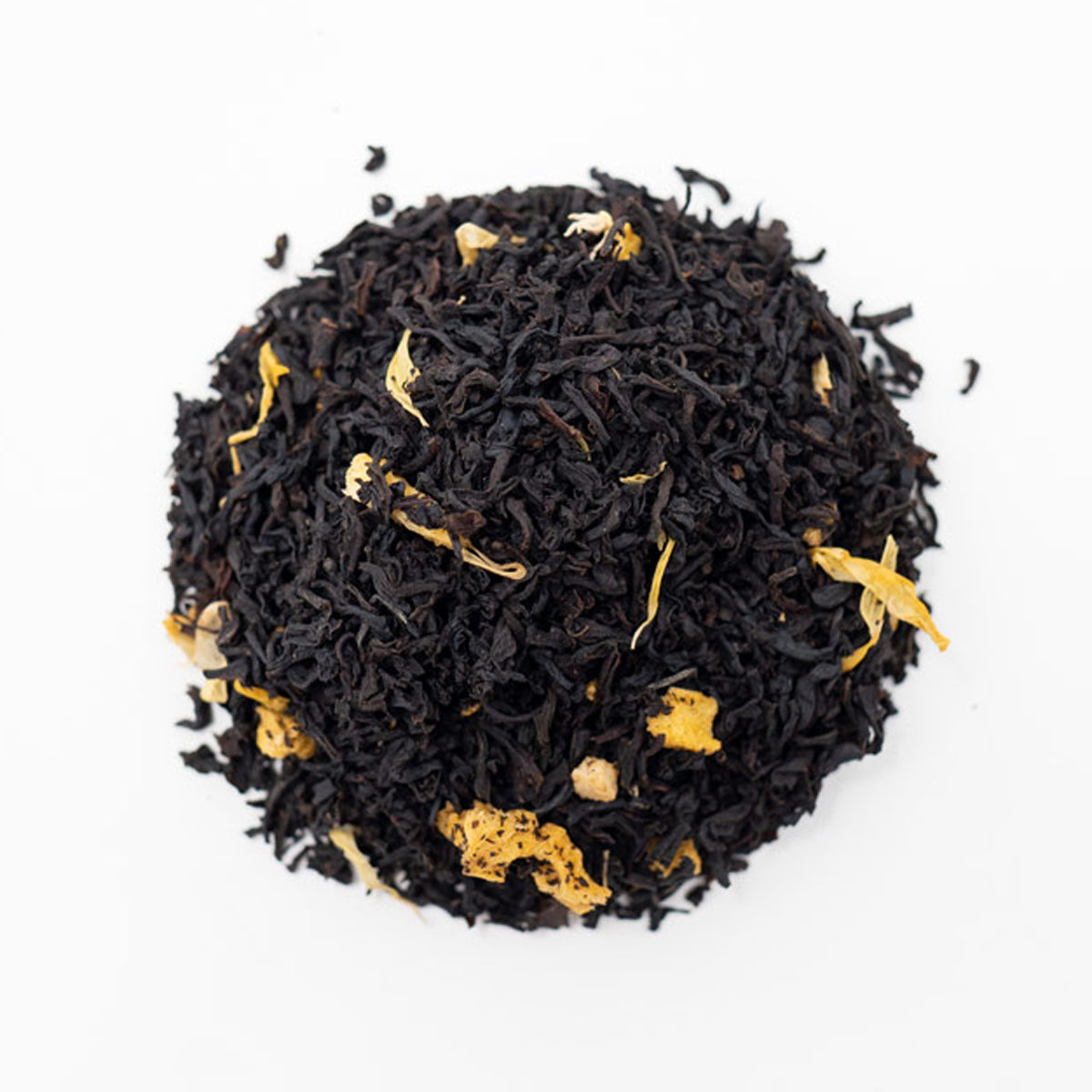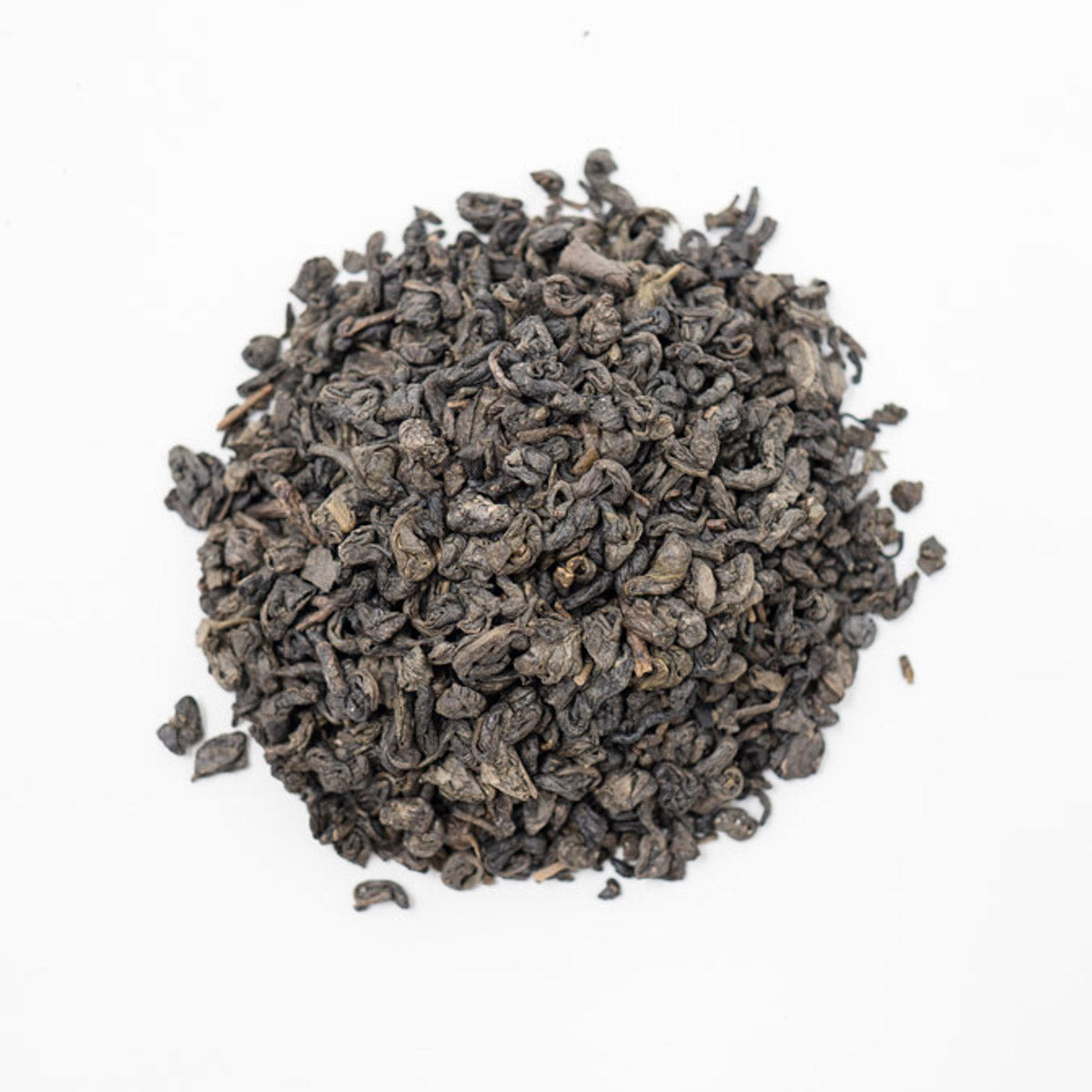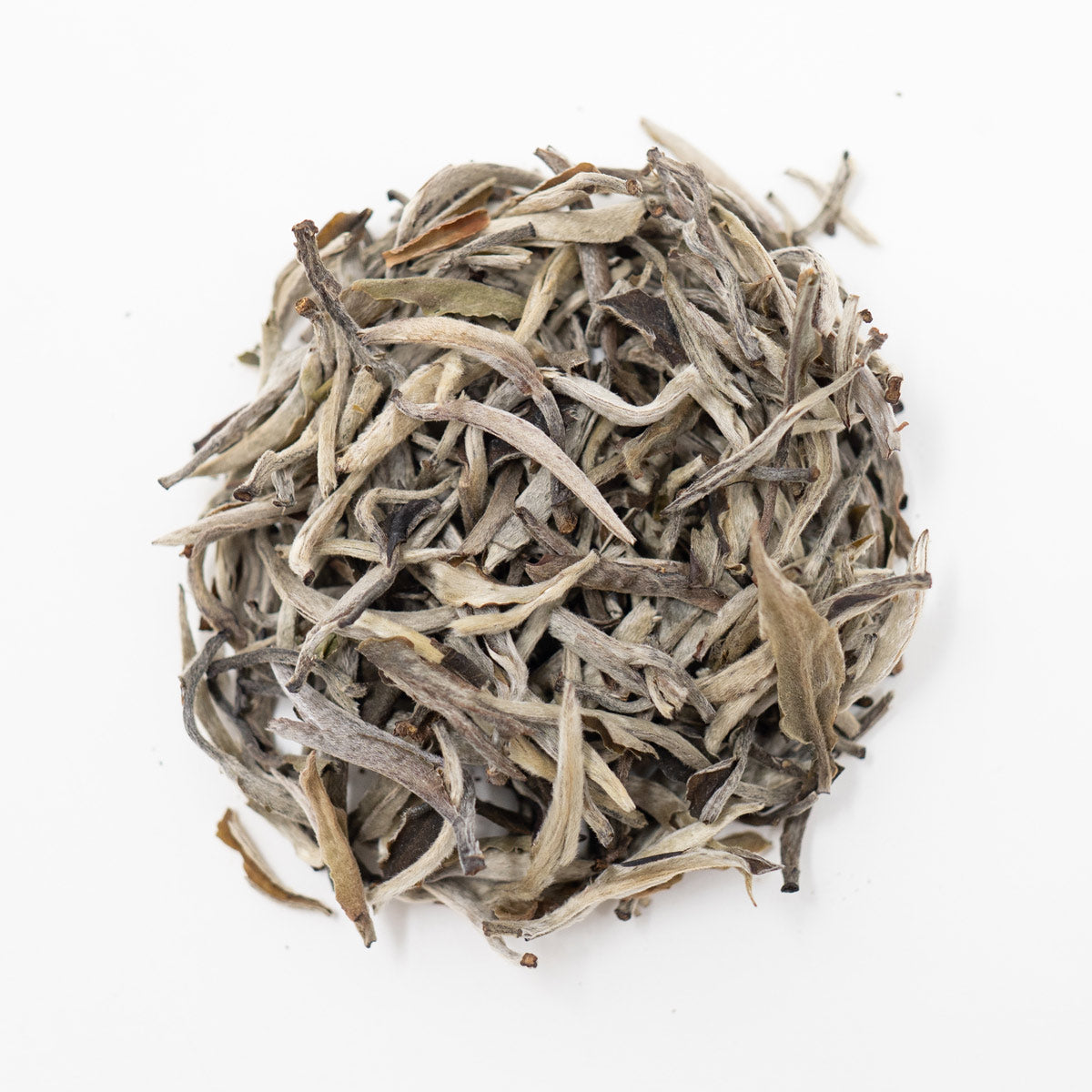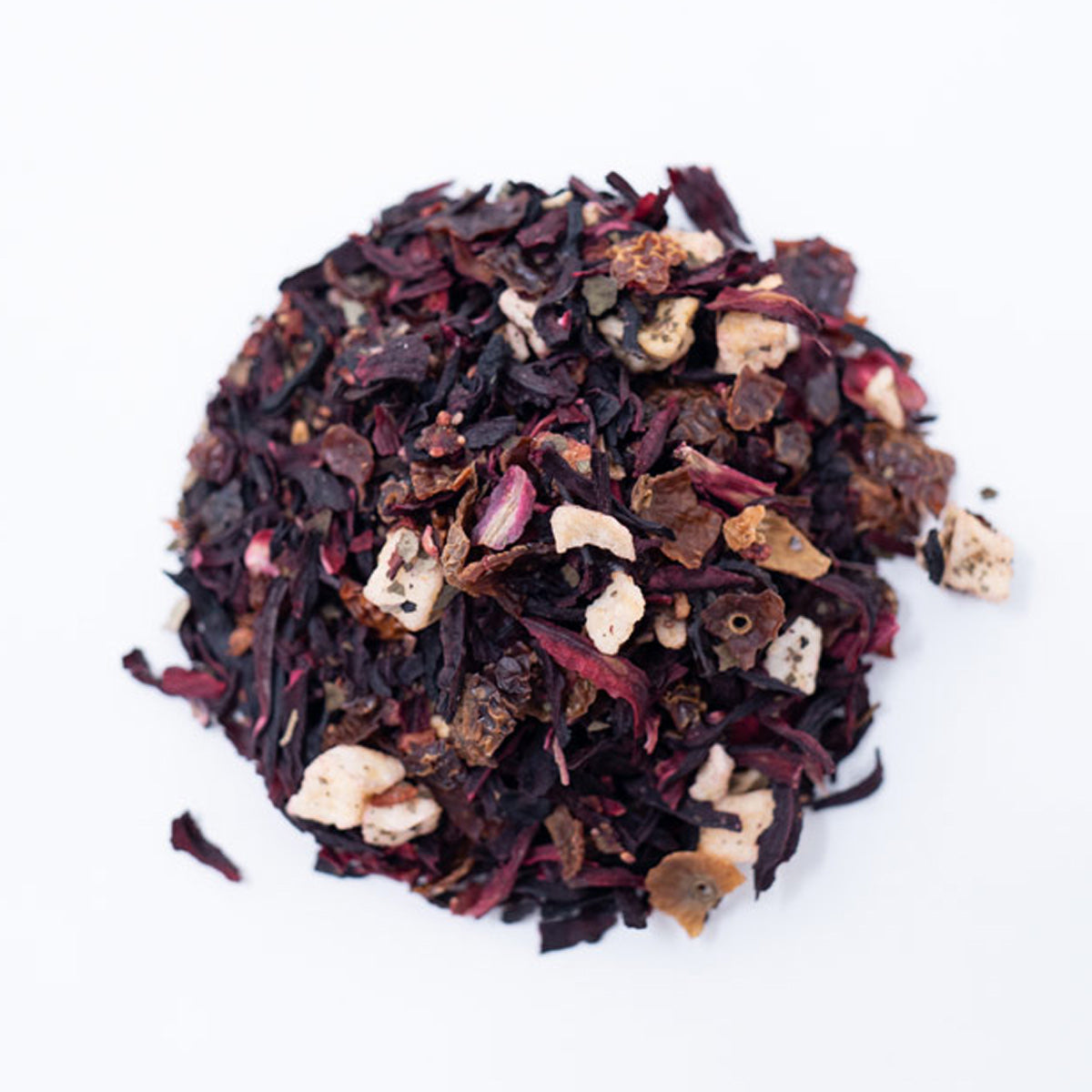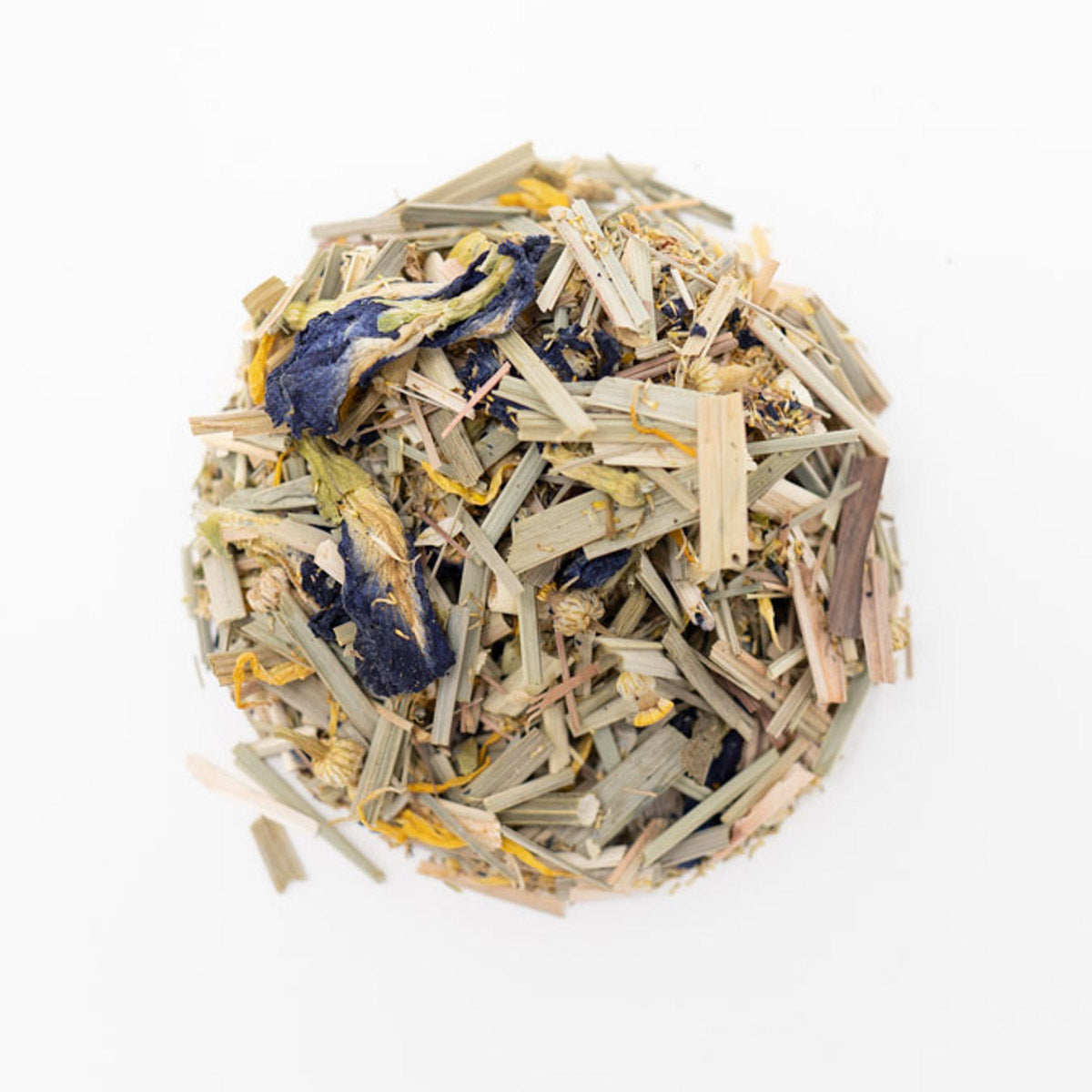Sri Lanka | Ceylon Black Tea From the Country of Ceylon
The History and Evolution of Tea in Sri Lanka
As we continue our exploration of tea origins, our next stop is an island country called Sri Lanka. This South Asian island lies in the Indian Ocean and is geographically separated from peninsular India by the Gulf of Mannar and Palk Strait. Originally known for generations as “Ceylon,” Sri Lanka became the country’s official name in 1972. Sri Lanka has cool temperatures and heavy rainfall, which gives it the perfect climate for harvesting tea. As you may have guessed, this country is known for its production of Ceylon black tea. Praised for its unique taste and signature aroma, Sri Lanka is currently the fourth largest tea producer in the world and one of the world’s leading tea exporters.
The Transformation & Growth of Sri Lankan Tea
Tea in Sri Lanka originated over two hundred years ago, when the country was still under British rule. The tea plantation industry in Sri Lanka (formerly known as Ceylon) began in 1825, after the widespread growth of coffee in the early 1800s. The British brought seeds from China and planted them in the Royal Botanical Gardens for non-commercial harvesting, but the Chinese tea seeds did not take well to the Sri Lankan soil. These early plants were soon abandoned. For further experimenting, the East India Company brought tea plants from Assam. The Assam variety took favorably to the soil and became the primary tea plant on every Sri Lankan estate. At first, tea was second best to the overwhelming coffee craze taking over the region. However, in 1869, the thriving coffee industry came to a dramatic stop when the fast-growing spread of the leaf disease Hemileia vastatrix (also known as “coffee rust”) killed every coffee crop in the district. The farmers were unfortunately unable to replant as quickly as the disease could spread, and to avoid financial devastation, the coffee plantations converted to tea crops.
This transition occurred over a span of twenty years and involved burning millions of infected coffee plants. With the help and expertise of Indian tea farmers, plants were uprooted and the tea in Sri Lanka was successfully cultivated. A man by the name of James Taylor planted 19 acres of tea and was the first to set up a tea processing factory. His commercial tea plantation quickly became famous throughout the island. In 1872, he invented a machine for rolling tea leaves and a year later he regularly exported tea to London and Melbourne. Within only a few years, tea processing factories popped up all over the island. By the end of the 19th century, tea became more associated with Sri Lanka (or Ceylon at the time) than with China. Along with James Taylor, there were many influential tea planters responsible for converting Sri Lanka from a decimated coffee-growing region to a world-renowned tea producer. The most well-known, instrumental planter is a man with a last name that is very familiar in the tea world. He goes by Thomas Lipton.
Lipton grew up in Glasgow, Scotland and was the son of poor Irish immigrants. In 1865, he worked as a manual laborer in America and later became a successful grocery store manager in New York. That experience taught him the techniques of salesmanship and advertising, which he used later on when he sold tea in Scotland and England. Lipton had the unique skill of purchasing limited goods in bulk and selling them at half cost with low-profit margins. Now a millionaire, he had to make a stop in Ceylon while on his way to vacation in Australia. There he discovered their growing tea market. He wanted to sell the tea in his shops but did not want to deal with the middlemen. Instead, he bought out four old coffee plantations and turned them into his own inexpensive source of tea to sell directly to Britain. Lipton’s biggest accomplishment was not the tea itself, but rather the innovative marketing, product distribution, and clever slogans. He turned bland tea packaging into vibrant, eye-catching containers. The Lipton name became a famous trademark worldwide and the company was eventually bought out by Unilever in the 1930s.’
As the tea’s popularity grew, it became a hot commodity at various auctions. In 1893, tea was sold for a record price of £36.15 at the London Tea Auctions. That same year around one million tea bags were sold at the Chicago World’s Fair. The Ceylon Tea Traders Association was formed in 1984 and all of the tea produced in Sri Lanka is still managed by this organization as well as the Ceylon Chamber of Commerce. To conduct further research on production and how to maximize yields, the Tea Research Institute was established in 1925. Tea production in Sri Lanka has improved so much that their exports have exceeded 200,000 metric tons and by the 1960s, they became the world’s largest tea exporter. If that was not enough, Sri Lanka became the official tea supplier for the 1980 Summer Olympic Games in Moscow. Between the auctions, conventions, and even an established Tea Museum, tea has become an influential part of the Sri Lanka community and economy.
Sri Lanka’s Harvesting Environment & Tea Types
The landscape in Sri Lanka is perfect for tea harvesting. Their cooler temperatures, humidity, and heavy rainfall in the central highlands provides a favorable climate for producing high-quality tea. Tea is one of the primary sources of foreign exchange, and in 2013, it contributed over $1.5 billion to the economy. Over 1 million people are employed at various tea plantations and estates. In Sri Lanka, farmers use the “contour planting” technique and the tea plants are grown on slopes lined up with the contours of the land. When the tea plants are fully grown, each leaf is picked by hand. This is not a common harvesting method nowadays with the new machinery and technology. With machinery, you run the risk of picking up extra twigs and coarse leaves that can add bulk but does not positively impact the flavor of the tea.
Although the name of the country has changed to Sri Lanka the tea continues to be marketed as Ceylon. Sri Lanka offers a variety of teas, but Ceylon black tea is their specialty. It is often brewed on its own or as a blend, and has a fresh, citrusy aroma reminiscent of juicy grapefruit. The tea can vary in taste depending on the altitude and environment it is grown. Ceylon green tea is primarily made from the Assam seed stock and the leaves are darker (both dry and infused) than the Chinese green tea. Along with having a darker appearance, it has a richer and more pungent flavor. Ceylon green tea is an acquired taste and for that reason it is not one of their more popular offerings. Sri Lanka also produces a Ceylon white tea, also known as “silver tips.” It is their most expensive tea and is beloved for its delicately, savory aroma and taste. The majority of tea grown in Sri Lanka is harvested and rolled by hand and the leaves are dried and withered under direct sunlight.
The world’s most premium tea is now synonymous with the name Ceylon. The way tea has been able to flourish and positively influence the Sri Lankan lifestyle is truly inspiring. It all started as a small crop experiment spanning a mere 19 acres of land, and now tea cultivates several dominant regions across the entire island. Not only have they successfully made tea accessible to their people, but they have pushed beyond their borders and are offering the finest tea to 20% of the world. Sri Lanka may be small, but they are mighty and continue to provide the best from crop to cup.
